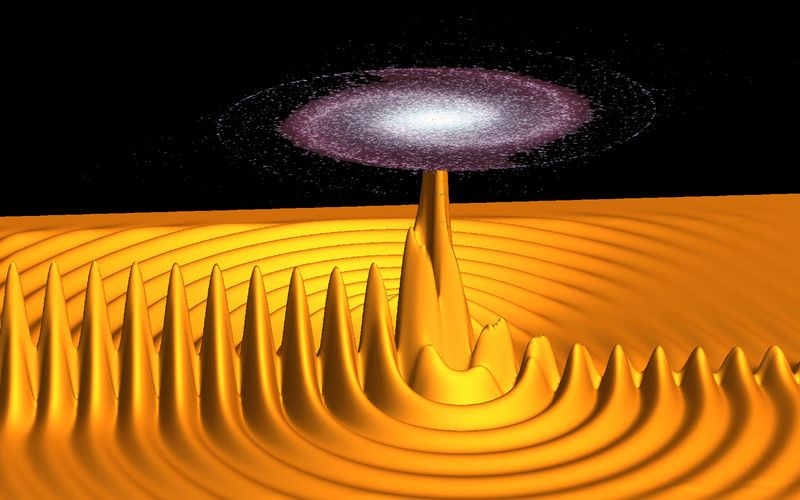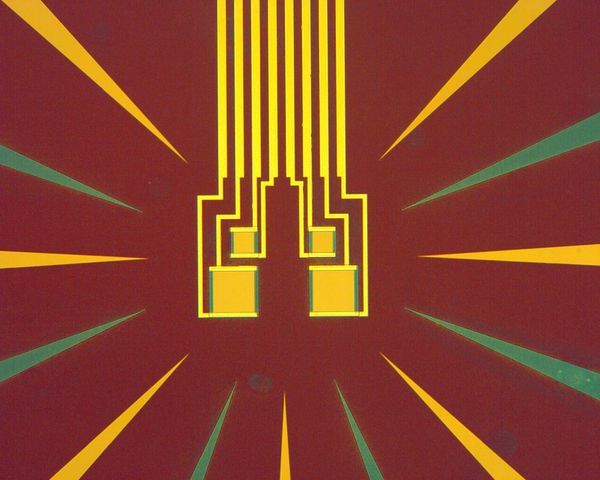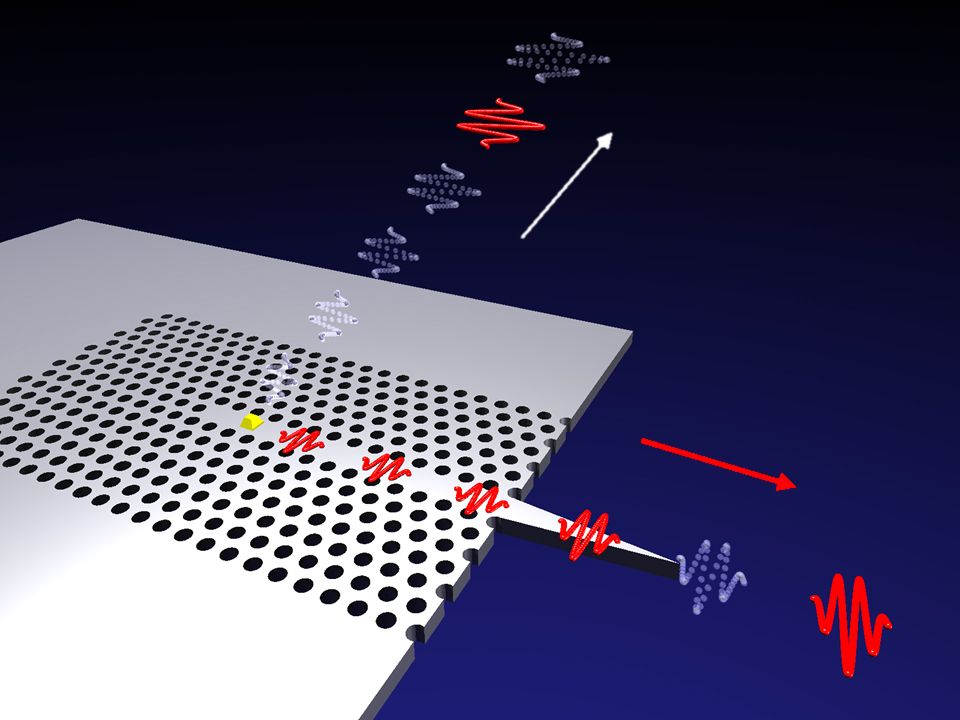Archive for the ‘quantum physics’ category: Page 727
Jan 27, 2017
Simulating particle physics in a quantum computer
Posted by Karen Hurst in categories: particle physics, quantum physics, space, supercomputing
Particle physics is an interesting and complicated field of study. Its theoretical framework, the Standard Model, was developed during the second half of the twentieth century and it opened he possibility to explaining the behavior of the basic blocks of the Universe. It also classified all the particles, from the electron (discovered in 1897) to the Higgs Boson (found in 2012). It is not pretentious to claim that it is one of the most successful theories in Science.
Unfortunately, the Standard Model is also a very difficult theory to handle. By using an analytic approach many problems cannot be solved and computational methods require a huge computational power. Most of the simulations about this theory are performed in supercomputers and they have severe limitations. For instance, the mass of the proton can be calculated by the use of a technique called Lattice Quantum Chromodynamics (lattice QCD), but even using a supercomputer of the Blue Gene type the error was around 2% . This is a huge achievement that shows the utility of the theory, but it is also a signal about the necessity of developing new numerical tools to handle this kind of calculations.
One potential solution to this problem is to use quantum systems in order to perform the simulations. This idea is at the core of the field of quantum computing and it was first proposed by one of the pioneers in the study of particle physics, Richard Feynman . Feynman’s idea is easy to explain. Quantum systems are very difficult to simulate by the use of ordinary classical computers but by using quantum systems we can simulate different quantum systems. If we have a quantum system that we cannot control but we can mimic its dynamics to a friendly quantum system we have solved the problem. We can just manipulate the second system and infer the results to the first one.
Continue reading “Simulating particle physics in a quantum computer” »
Jan 27, 2017
Chiral Quantum Optics: A New Research Field with Bright Perspectives
Posted by Karen Hurst in categories: education, quantum physics
Recently, surprising physical effects were observed using special microscopic waveguides for light. Such “photonic structures” currently are revolutionizing the fields of optics and photonics, and have opened up the new research area of “Chiral Quantum Optics”. Physicists from Copenhagen, Innsbruck, and Vienna, who are leading figures in this field, have now written an overview on the topic which just appeared in the scientific journal “Nature”.
What one learns at school is that light oscillates under a right angle (transversal) with respect to its direction of propagation. Among experts, however, it was already known that light behaves differently when it is confined strongly in the transversal plane using so-called “photonic structures”. In particular, this is the case for special ultra-thin glass fibers which have a diameter of only a few hundred nanometers (one nanometer is a millionth part of a millimeter) and which are thereby smaller than the wavelength of light. Also waveguides based on so-called “photonic crystals” (two-dimensional structures with periodically arranged holes) can confine light in this way.
In this situation, the light also oscillates along its propagation direction (longitudinal). The combination of transversal and longitudinal oscillation leads to a rotating electric field which physicist call circular polarization. Without the spatial confinement, the electric field associated with circularly polarized light behaves like the propeller of an aircraft whose axis is parallel to the direction of propagation. “However, in narrow photonic waveguides, the electric field of the light resembles the rotor of a helicopter,” explains Arno Rauschenbeutel from the Vienna Center for Quantum Science and Technology at the Institute of Atomic and Subatomic Physics of TU Wien, Austria. Here, the spin of the light points along the axis of the rotor and is therefore oriented perpendicular to the propagation direction of the light.
Continue reading “Chiral Quantum Optics: A New Research Field with Bright Perspectives” »
Jan 26, 2017
The Futurist Sessions: Simulation Theory — ft. Keith Comito, Gray Scott, Luis Arana, and Zac Waldman
Posted by Steve Hill in categories: mathematics, quantum physics
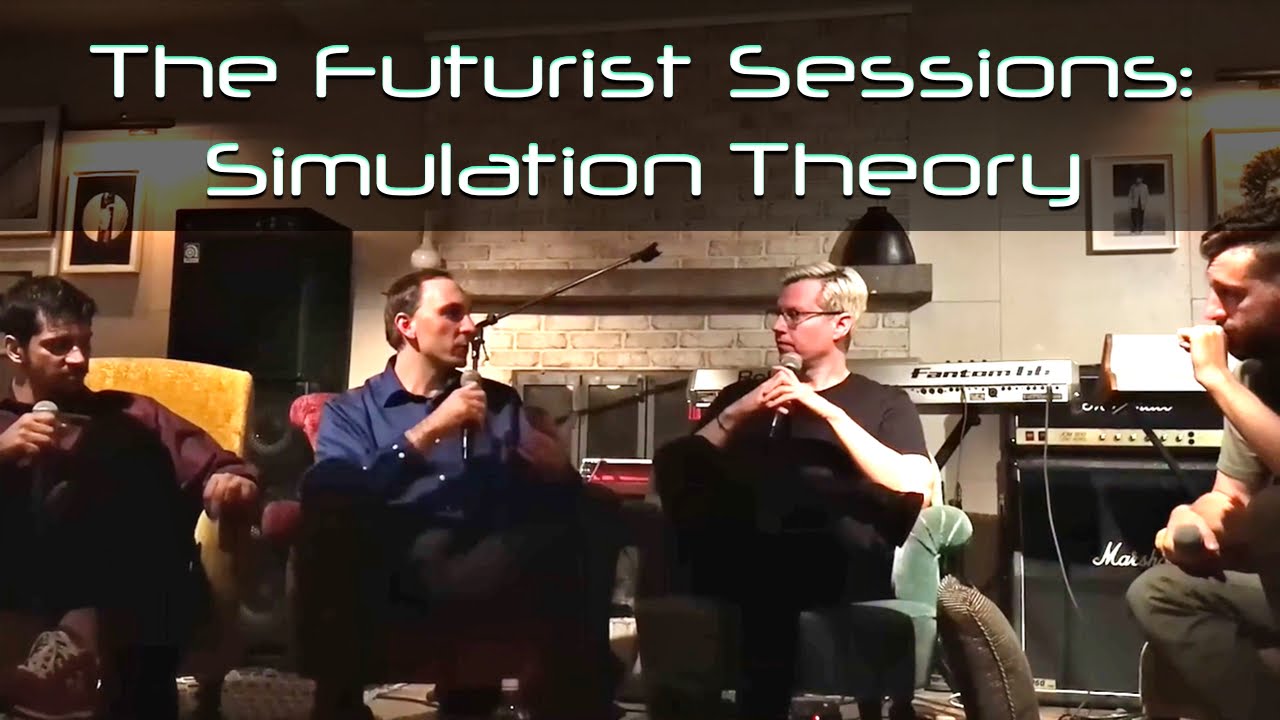
A discussion about Simulation theory, quantum mechanics and Super Mario!
Futurists Keith Comito, Gray Scott, Luis Arana, and Zach Waldman talk about the simulation theory as part of the #FuturistSessions at the Soho House New York. Discussions include quantum mechanics, mathematical realism vs mathematical fictionalism, the Matrix, Pacman, and Mario!
Jan 25, 2017
How Physicists Quantum Teleported Information Over 62 Miles
Posted by Shane Hinshaw in categories: internet, quantum physics
Jan 25, 2017
First step towards photonic quantum network
Posted by Klaus Baldauf in categories: nanotechnology, particle physics, quantum physics
Advanced photonic nanostructures are well on their way to revolutionising quantum technology for quantum networks based on light. Researchers from the Niels Bohr Institute have now developed the first building blocks needed to construct complex quantum photonic circuits for quantum networks. This rapid development in quantum networks is highlighted in an article in the journal Nature.
Quantum technology based on light (photons) is called quantum photonics, while electronics is based on electrons. Photons (light particles) and electrons behave differently at the quantum level. A quantum entity is the smallest unit in the microscopic world. For example, photons are the fundamental constituent of light and electrons of electric current. Electrons are so-called fermions and can easily be isolated to conduct current one electron at a time. In contrast photons are bosons, which prefer to bunch together. But since information for quantum communication based on photonics is encoded in a single photon, it is necessary to emit and send them one at a time.
Jan 24, 2017
D-Wave’s $15 million quantum computer runs a staggering 2,000 qubits
Posted by Sean Brazell in categories: computing, quantum physics
For D-Wave, the path to quantum computers being widely accepted is similar to the history of today’s computers. The first chips came more than 30 years ago, and Microsoft’s Basic expanded the software infrastructure around PCs.
Quantum computers are a new type of computer that can be significantly faster than today’s PCs. They are still decades away from replacing PCs and going mainstream, but more advanced hardware and use models are still emerging.
“A lot of that is unfolding and will have a similar dramatic change in the computing landscape,” Vern Brownell, D-Wave’s CEO, said in an interview.
Continue reading “D-Wave’s $15 million quantum computer runs a staggering 2,000 qubits” »
Jan 24, 2017
Is alien life EVERYWHERE? Claims it has become ‘fabric of the universe’
Posted by Andreas Matt in categories: alien life, quantum physics
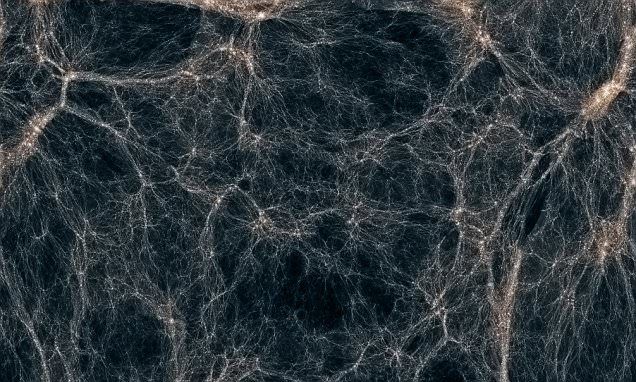
Interesting hypothesis…
Despite all that scientists now know, much of our universe still remains a mystery.
Continue reading “Is alien life EVERYWHERE? Claims it has become ‘fabric of the universe’” »
Jan 21, 2017
Physicists may have just manipulated ‘pure nothingness’
Posted by Sean Brazell in categories: particle physics, quantum physics
It’s one of those philosophical questions we occasionally ponder: What is nothing? Can nothing be something? If not, then how can something come from nothing?
If there’s one scientific field on the forefront of such conceptual paradoxes, it’s quantum theory. And in quantum theory, nothing actually is something … sort of.
See, according to quantum mechanics, even an empty vacuum is not really empty. It’s filled with strange virtual particles that blink in and out of existence in timespans too short to observe. Nothingness, on the quantum level, exists on a level of intuitive absurdity; a kind of existence that is paradoxical but, in some conceptual sense, necessary.
Continue reading “Physicists may have just manipulated ‘pure nothingness’” »
Jan 21, 2017
Route Monkey working with NQIT to develop transport & mobility algorithms for quantum computers
Posted by Karen Hurst in categories: computing, information science, quantum physics
Nice and will be very useful for many in QC.
Scotland-based route optimization specialist Route Monkey, a unit of telematics and big data company Trakm8, is working on a new generation of transport and mobility algorithms for quantum computers.
Route Monkey already works with Heriot-Watt University in Edinburgh on creating and enhancing innovative algorithms for transport and travel (earlier post). The two are now joining forces with the Networked Quantum Information Technologies Hub (NQIT), led by the University of Oxford. Together, the three organizations will develop, test and commercialize quantum algorithms.
The leap forward in the capabilities offered by quantum computing opens up a whole new field. We can create algorithms that deliver even faster and more accurate answers, to ever more complex transport and mobility challenges.


